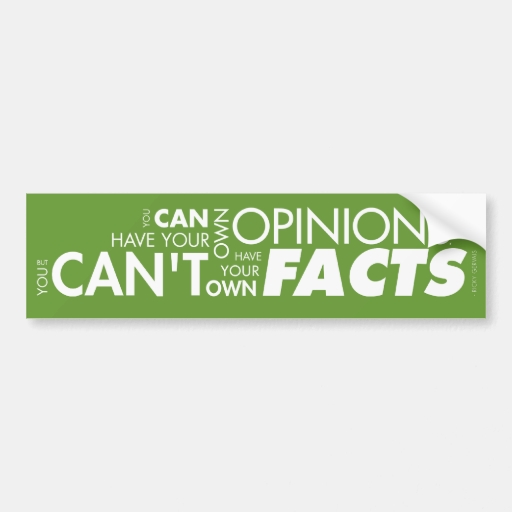In the Information Age, it’s more important than ever to
protect yourself from misinformation and find reliable sources. This week, some
tips on reading editorial pages.
National and local newspapers present both news and opinion.
In the ideal journalistic model, these functions are separated. Today, however,
there are some disturbing crossovers, and unaware readers may find their
information isn’t as solid as they might like.
Traditionally the news sections reported facts, while the
editorial pages presented interpretations and opinions about those facts. News reporting
even uses “fact-checkers”, in major papers at least, to confirm facts, figures,
quotes and statements before publication. I don’t think local papers go to
quite the same lengths, but at least if you notify them of an error, they will
print a correction or retraction, sometimes even years later.
Once, an intern writing an election night story for the
Examiner reported erroneously that I was “between jobs”, which I wasn’t. (It was an understandable mistake, as the two main campaign managers were actually between jobs). By the time I noticed it and
called the paper, the intern had already moved on, so I didn’t make a big
fuss about it (although someone else did, years later). But if I had insisted,
I’m sure they would have corrected this error.
But editorial pages don’t have fact-checkers. Opinions are
subjective, so they needn’t be verified, merely stated. Which would be fine,
except a lot of “opinion” columnists seem to state as fact things that simply
aren’t true, to back up opinions they are expressing. But the papers refuse to police
this, so columnists are free to keep on misrepresenting the truth to suit their bias, without check, correction, or retraction. (A similar situation appears at
some TV news networks.) This is a serious failing; as Senator Daniel Patrick
Moynihan famously remarked, “Everyone is entitled to his own opinion, not his
own facts.”
So how are you, the reader, to determine if a columnist is
presenting reality or spin? Here are some clues. If a column is based entirely
on a single report, study, or article, then you should at least find and read
the original to see if the columnist is reporting fairly, or if it comes from a
credible source. Often, you will find they are misrepresenting what they are
attacking, or praising something that was biased in the first place.
A column’s factual basis rests on stronger footing if the
writer cites multiple, independent and identifiable sources. Again, it doesn’t
hurt to look them up, using basic internet skills. But the best columnists, the
ones who base their writing on objective facts, go one step further. They
either provide hyperlinks in the online version of their articles, as I do, or
include footnotes giving title & author of each supporting document, like
respected British columnist George Monbiot. That way you need not guess what
reports they are citing, you can go straight to the source. A sincere columnist
will also respond to online comments pointing out an error or omission by
posting a correction or more supporting information.
On the other hand, a big red flag is when a writer avoids
identifiable sources, then attributes contrary opinions or patently erroneous statements
to private comments from “friends” who remain conveniently unnamed (and
probably non-existent). After all, who can ridicule someone in print and still call
them a friend? With friends like that…
In part 2 of this series, I’ll show how to spot deeper bias
by noticing the variation in how the same editorial staff report on different
governments, depending on where they fall on the political spectrum.
Published in my Root Issues column in the Barrie Examiner as "Trying to find the truth behind all those opinions", "Weighing all those opinions" and "Finding truth among the opinions"
Erich Jacoby-Hawkins is a director of
Living Green and the Robert Schalkenbach Foundation.

No comments:
Post a Comment